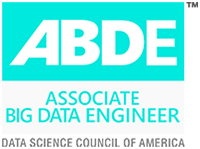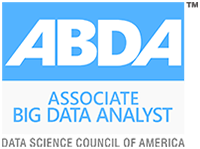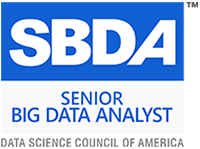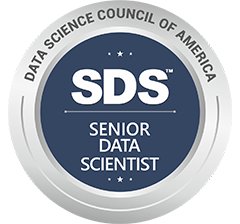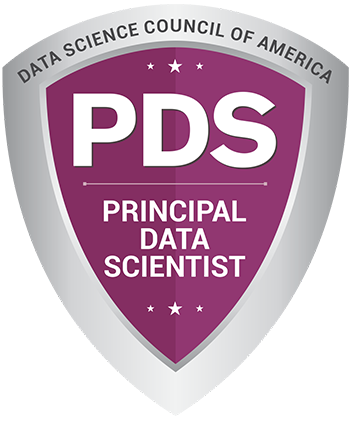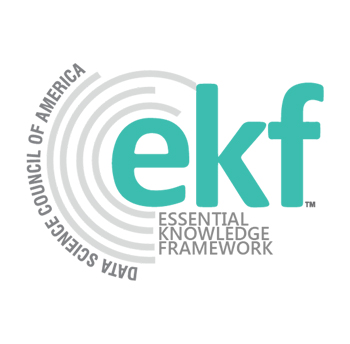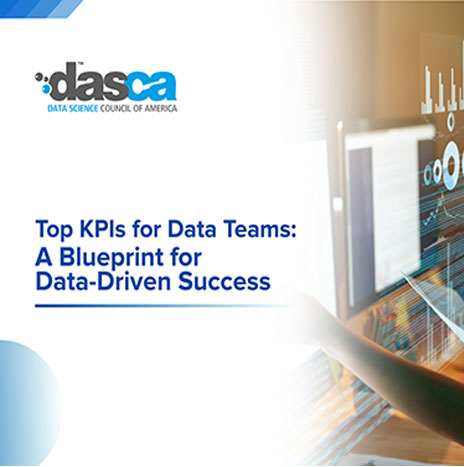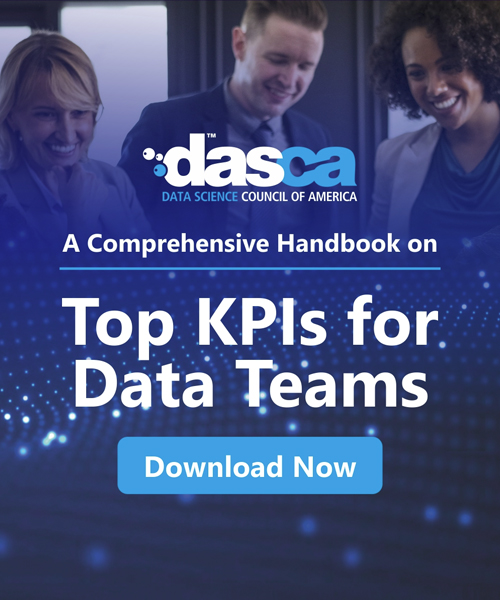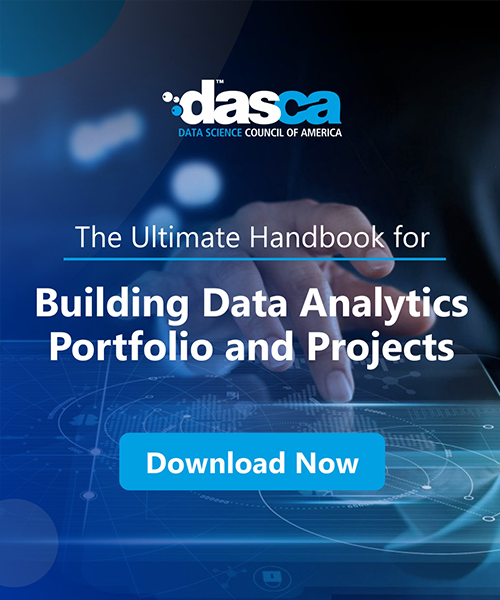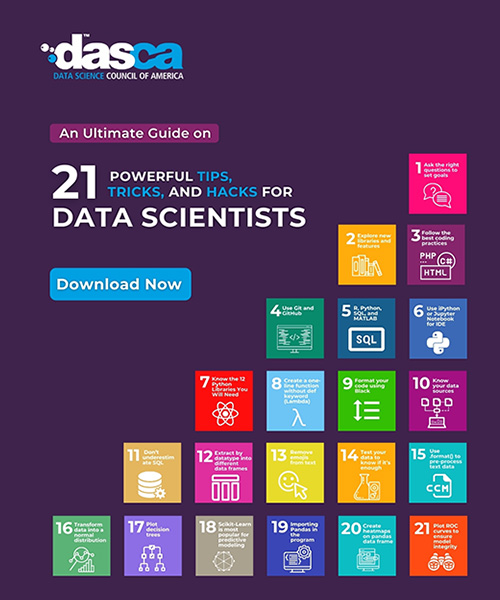
“$600,000,000,000.00 (six hundred billion dollars) are lost in the US every year due to bad data.” – SAP
Most of us were unaware of the impact of bad data governance until debacles like Enron and WorldCom hit us hard in the face. Hundreds of billions fizzled out into thin air, just like that! In the aftermath of this necrosis, global authorities launched the Sarbanes Oxley Act. But implementing data governance proved to be trickier than first thought.
The biggest impediment arose in the management of humongous inflowing data.
With a tsunami of data flooding the online space every minute, data professionals needed a crisp and streamlined structure to sift sense from nonsense. Business leaders were also flummoxed by the immense capability of swift data insights in demarcating winners from laggards in the increasingly competitive landscape.
Whatever thrust that was remaining came from giants like Amazon, Facebook, and Netflix, who joined the league of fastest data diggers and rooted it as the new business standard.
Fortunately, the frontrunners were able to decode the data governance puzzle. It may not be perfect, but it is as close to perfection as one can get.
Data Governance: Developments till DateThe global data science fraternity took giant strides to meet this goal. Solutions like data lakes and data governance platforms emerged, but they were anything but magic bullets.
Business leaders proposed creating an efficient and lasting data ecosystem within organizations. It worked splendidly.
In this article, we will learn how and what they did.
But before we begin, take a look at the three prime questions framed by McKinsey, which all data chieftains need to answer:
- What do we know about our information?
- Where did this data come from?
- Does this data adhere to company policies and rules?
Once assured about the legitimacy of the data, they can proceed with the following key components:
5 Key Components of Data Governance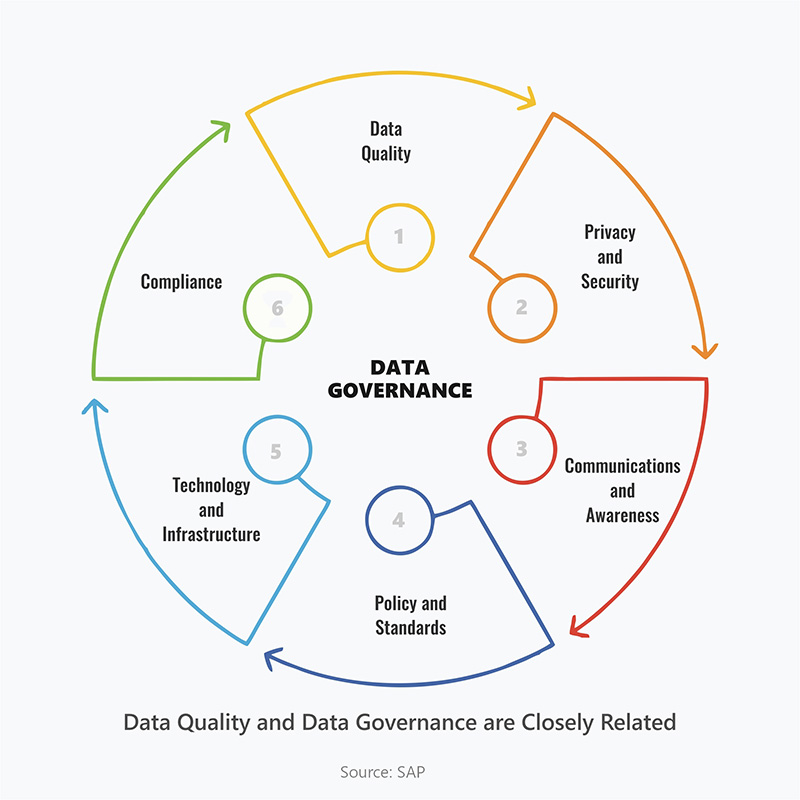
Data governance entails owning a slice of the global data pie and running it through the organization for optimum consumption. Many organizations are still stuck with silo departmental data ownerships, which keep data from being used to its fullest. Results to date suggest an umbrella approach to data governance yields better results.
Here’s how leaders can ensure lasting and comprehensive governance:
Data Discovery:Data needs, volume, and exposure vary from company to company and department to department. Each of these sub-functions can come across its own blind spots and respective resolutions. A data audit across functions can help unearth these idiosyncrasies.
Data discovery is a continuous process. Depending on the need and goals, organizations can define scope and frequency.
While industries like telecom and retail need massive volumes of data, a few others may not need it so much.
Data Control:This is where you can define the searchability of data. Data stewards, custodians, and evangelists who own the data, define it within the purview of their functions.
With the help of customer touchpoints, they create data dictionaries and metadata.
The audit timings are fixed depending on the flow and frequency.
Data Production:With the business objectives in hand, data leaders decide whether they need to produce the data or tweak the existing data to meet the objectives. The framework for Master Data Management is created. At this stage, scalability, security, accessibility, integrity, and availability are taken care of.
Defined inter-department and business-consumer touchpoints make architecture and modeling easier to visualize. And data definitions and metadata can help in sifting through the repositories.
Master Data Management:Master Data Management is the foundation for a systematic approach to data management.
MDM is a collection of data from different nodes within the organization.
The simplest analogy would be of an inter-state bus terminal that keeps a record of all schedules, routes, parking, and frequency of the buses.
Organization Process Assets:The right processes are important for the collection of the right data. Here’s how it can be done:
- For each function, define the number of data points you’ll need.
- Set the policies, procedures, and infrastructure.
- Monitor and troubleshoot as and when needed.
Forward-looking organizations with crisp strategic goals invest in their process assets, and it pays off handsomely.
Data in today’s age is under constant flux. Taking it as a one-time war scene can curtail major benefits. Hire a Chief Information Officer/Chief Data Officer and build a data-driven culture .
A lot of people still dispute the superiority of data over human judgment. Before we blame on systems, intentions, or lack of skills, try to read through the following paragraph:
“Aoccdrnig to rscheearch at Cmabridge Uinvrevtisy, it deosn’t mttaer in what oredr the litteers in a wrod are, the olny iprmoetnt tihng is taht the frist and lsat ltteer be at the rghit pclae. The rset can be a ttoal mses and you can sitll raed it wouthit a porbelm. Tihs is besauae ocne we laren how to raed we look for the eenssces of the jmulbed ltteers. The huamn mnid deos not raed ervey lteter by istlef, but preecsievs the wrdd as a wlohe. We do tihs ucnsoniuscoly wuithot tuhoght.”
It is human tendency to see what we want to see. While a human can read this perfectly well, an algorithm will refuse to do so.
Still thinking about implementing data governance?




